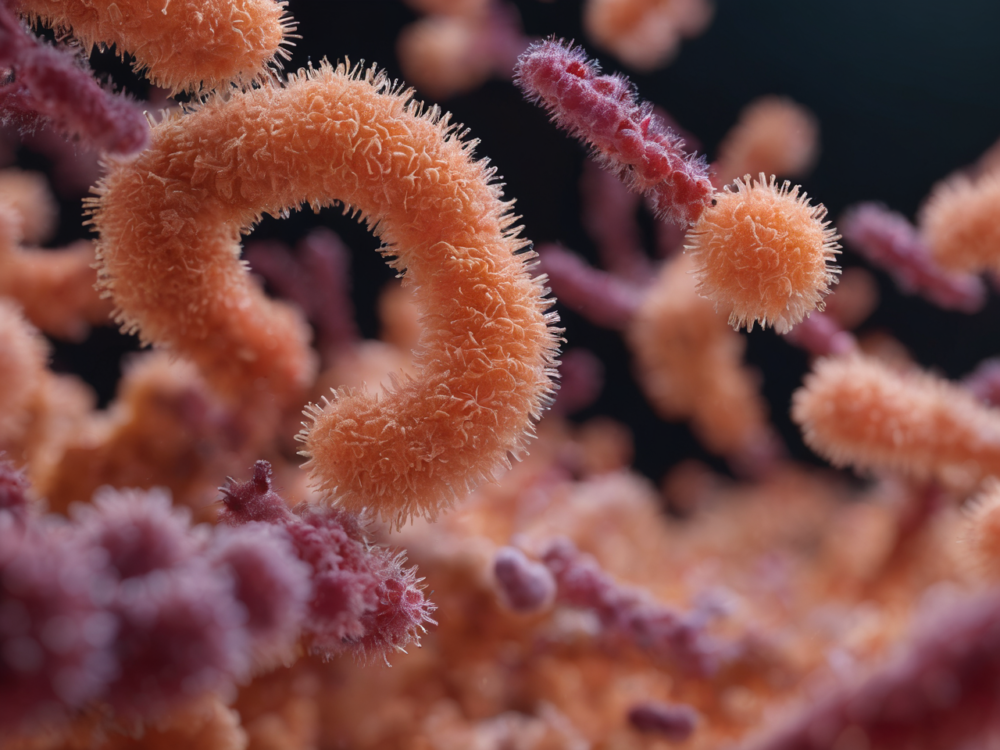Ice cream, a timeless treat cherished by people of all ages, is a dessert that’s creamy, sweet, and immensely satisfying. But have you ever ventured into the realm of nitrogen ice cream? This avant-garde frozen delight has been making waves in recent years, captivating the hearts and taste buds of ice cream enthusiasts and curious foodies alike. In this informative guide, we will dive into the intriguing science behind nitrogen ice cream and provide answers to some of the most common questions surrounding it.
What is Nitrogen Ice Cream?
Nitrogen ice cream, sometimes referred to as “cryogenic ice cream,” is a unique and distinct variety of frozen desserts crafted using liquid nitrogen. Unlike traditional ice cream-making methods that rely on slow freezing, nitrogen ice cream is rapidly frozen at extraordinarily low temperatures.
Liquid nitrogen, the key ingredient, boasts an astonishingly low temperature, plunging to around -320°F (-196°C). When introduced into the ice cream mixture, liquid nitrogen triggers an instant freezing reaction. This rapid freezing process has a profound impact on the texture of nitrogen ice cream. Due to the swift freezing, smaller ice crystals form, resulting in an exceptionally smooth and creamy consistency that sets it apart from conventional ice cream. This remarkable texture is often described as velvety and luxurious, making nitrogen ice cream a favourite among dessert aficionados.
Beyond its captivating texture, nitrogen ice cream preparation offers a visually stunning experience. As liquid nitrogen mingles with the mixture, it creates dramatic billows of vapour, producing a captivating spectacle that adds to the overall allure of this frozen treat.
The Science Behind Nitrogen Ice Cream
The magic of nitrogen ice cream is rooted in science. Here’s a brief overview of how it all comes together:
Rapid Freezing: Traditional ice cream production involves slow freezing, leading to the formation of relatively large ice crystals. In contrast, nitrogen ice cream is rapidly frozen due to the extreme cold of liquid nitrogen. This rapid freezing process results in smaller ice crystals, contributing to its signature smoothness.
Preservation of Natural Flavors: The swift freezing of nitrogen ice cream helps preserve the natural flavours of its ingredients. Smaller ice crystals enable flavours to blend harmoniously, enhancing the overall taste experience.
Creamy Mouthfeel: The smaller ice crystals and smoother texture of nitrogen ice cream create a velvety mouthfeel that intensifies the perception of creaminess. This creaminess adds depth and complexity to the flavour profile, delighting the taste buds.
Visual Spectacle: The introduction of liquid nitrogen generates a mesmerizing visual display. As it evaporates upon contact with the mixture, billowing clouds of vapour envelop the preparation area, enhancing the overall appeal of nitrogen ice cream.

Common Questions About Nitrogen Ice Cream
Let’s address some of the most frequently asked questions about nitrogen ice cream:
- Is nitrogen ice cream safe to eat?
When prepared and handled properly, nitrogen ice cream is considered safe for consumption. However, strict adherence to safety protocols is crucial. Liquid nitrogen is extremely cold and can cause frostbite or burns upon contact with the skin or eyes. Careful handling, appropriate safety gear, and ensuring that all liquid nitrogen fully evaporates before serving are essential safety measures. - Does nitrogen ice cream taste different from regular ice cream?
While the taste differences are subtle, Nitrogen Ice Cream is often praised for preserving the natural flavours of its ingredients. Its smoother texture enhances flavour blending, resulting in a harmonious taste experience. The creaminess of nitrogen ice cream intensifies the perception of richness and decadence. - Can I make nitrogen ice cream at home?
Making nitrogen ice cream at home is possible but requires the use of specialized equipment, including liquid nitrogen. It also necessitates a good understanding of safety procedures due to the extreme cold of liquid nitrogen. With the right equipment and precautions, you can experiment with creating nitrogen ice cream recipes in your own kitchen. - What makes nitrogen the ideal freezing agent for ice cream?
Nitrogen’s ultra-low temperature of around -320°F (-196°C) allows for nearly instant freezing upon contact with the ice cream mixture. This rapid freezing prevents the formation of large ice crystals, contributing to nitrogen ice cream’s incredibly smooth texture. Additionally, the visual spectacle created by the evaporation of liquid nitrogen adds to its allure.
Nitrogen ice cream is a delightful fusion of science and culinary artistry. Its rapid freezing process, preservation of natural flavours, and creamy mouthfeel make it a favourite among dessert enthusiasts. While it offers a unique and captivating experience, it’s essential to handle liquid nitrogen with care and adhere to safety guidelines to enjoy nitrogen ice cream safely. Whether you’re savouring it at a speciality dessert shop or experimenting with homemade recipes, nitrogen ice cream promises a taste sensation like no other.





